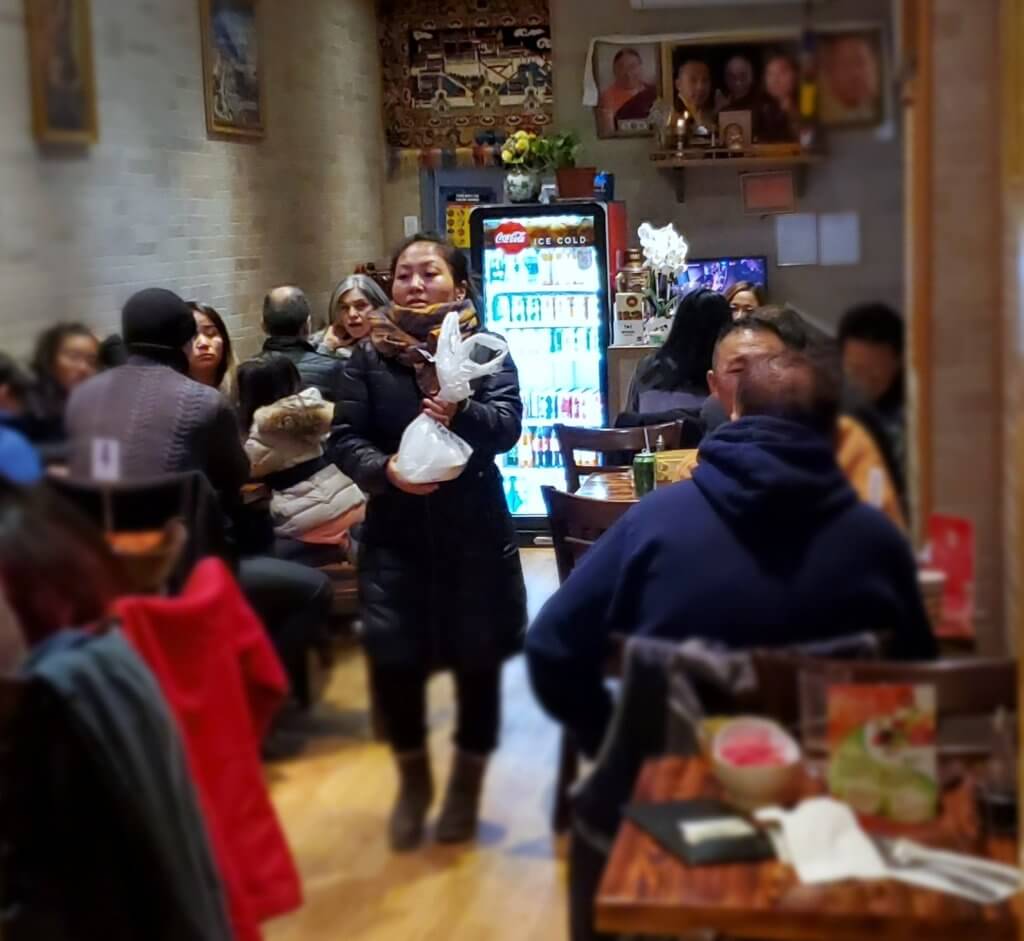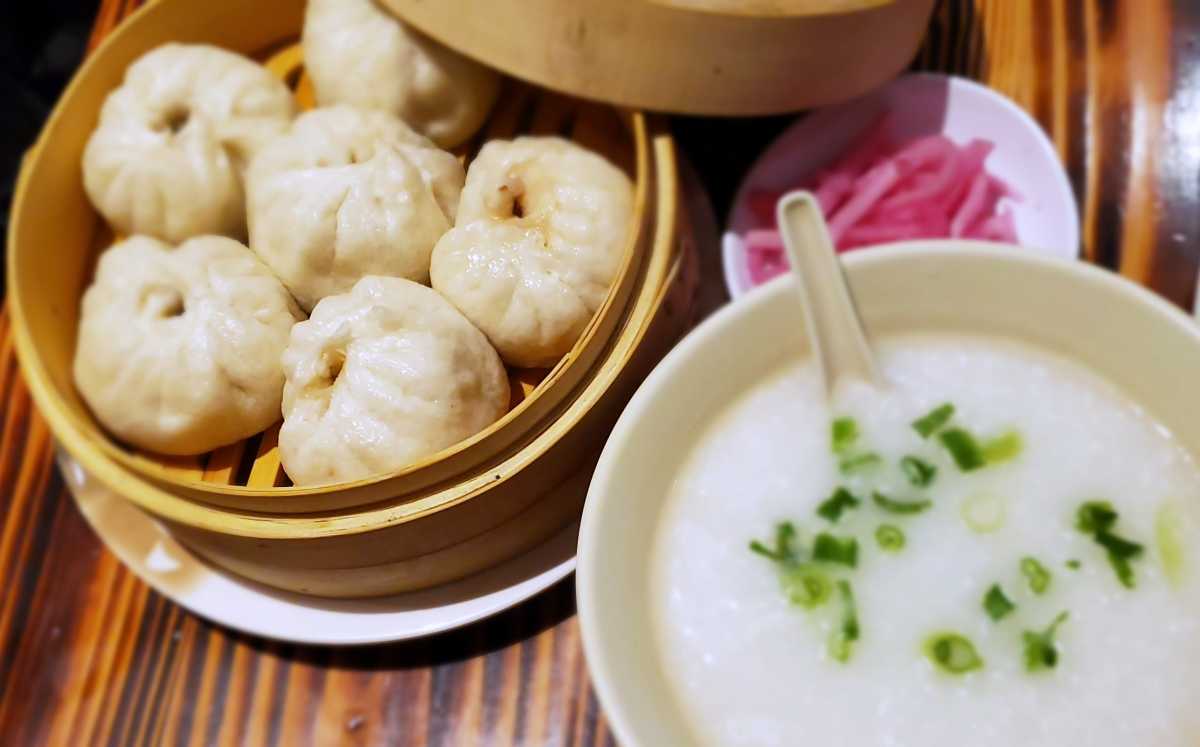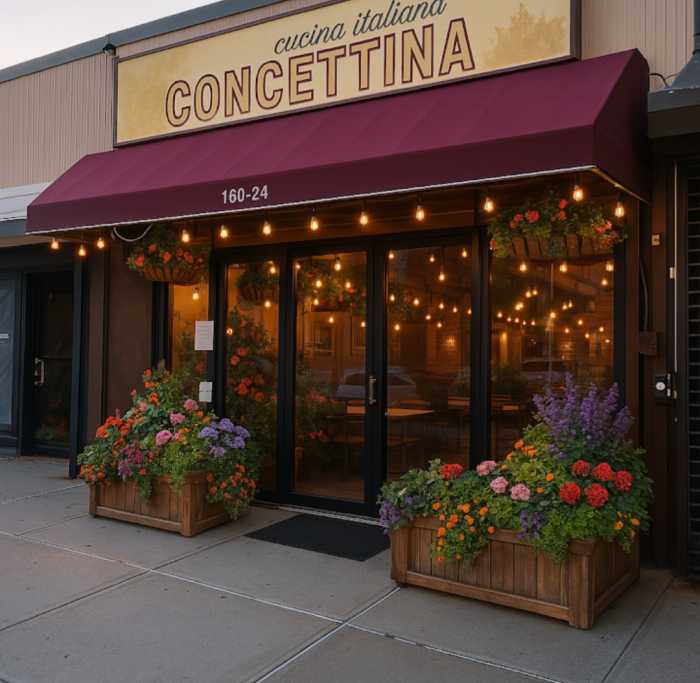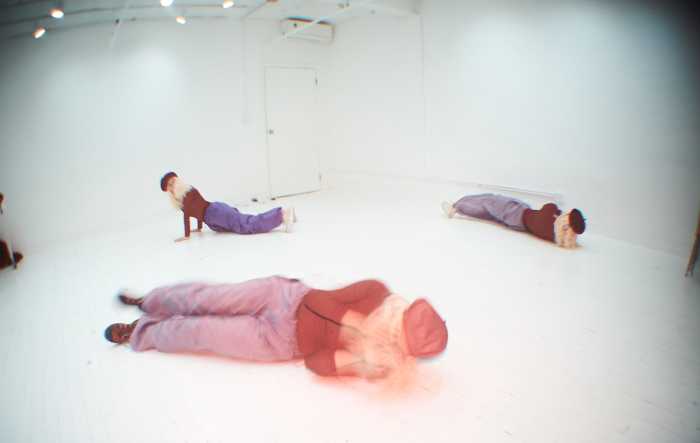BY JOE DISTEFANO
As the Culinary King of Queens, I’m so very fortunate to live in the most diverse and delicious destination in all of New York City. Really I’m not royalty though, I’m an ambassador, and a hungry one at that. Today, we trek to Tibet via Roosevelt Avenue to explore the cuisine of Khampa Kitchen Inn, one of the most unique Tibetan restaurants in all of New York City.
“Feel and taste like home,” reads Khampa Kitchen Inn’s motto, which graces the front of the menu at this spot opened by Thupten Bachan and his fiancée, the chef Tashi Dechen, last year. While that menu may first appear very Tibetan with dishes like momo—the dumplings that are ubiquitous in Himalayan Heights—and gyuma a rustic blood sausage, the inn is unique because these innkeepers hail from Tibet’s Kham region.
Paoze, a quintet of fluffy meat filled buns served with a comforting split rice porridge and strips of sonlabu, a pickled radish, is a traditional breakfast in Kham, and in Jackson Heights too; the restaurant opens at 10 a.m. The juicy buns flavored with black pepper, chive, and garlic can be had filled with chicken, pork, veggies or beef, but I recommend the latter. “I used to eat it for breakfast as a kid, in Kham they use yak meat,” says Bachan who can usually be found pouring butter tea or in his antique shop filled with Tibetan artifacts to the left of the restaurant’s entrance hallway.
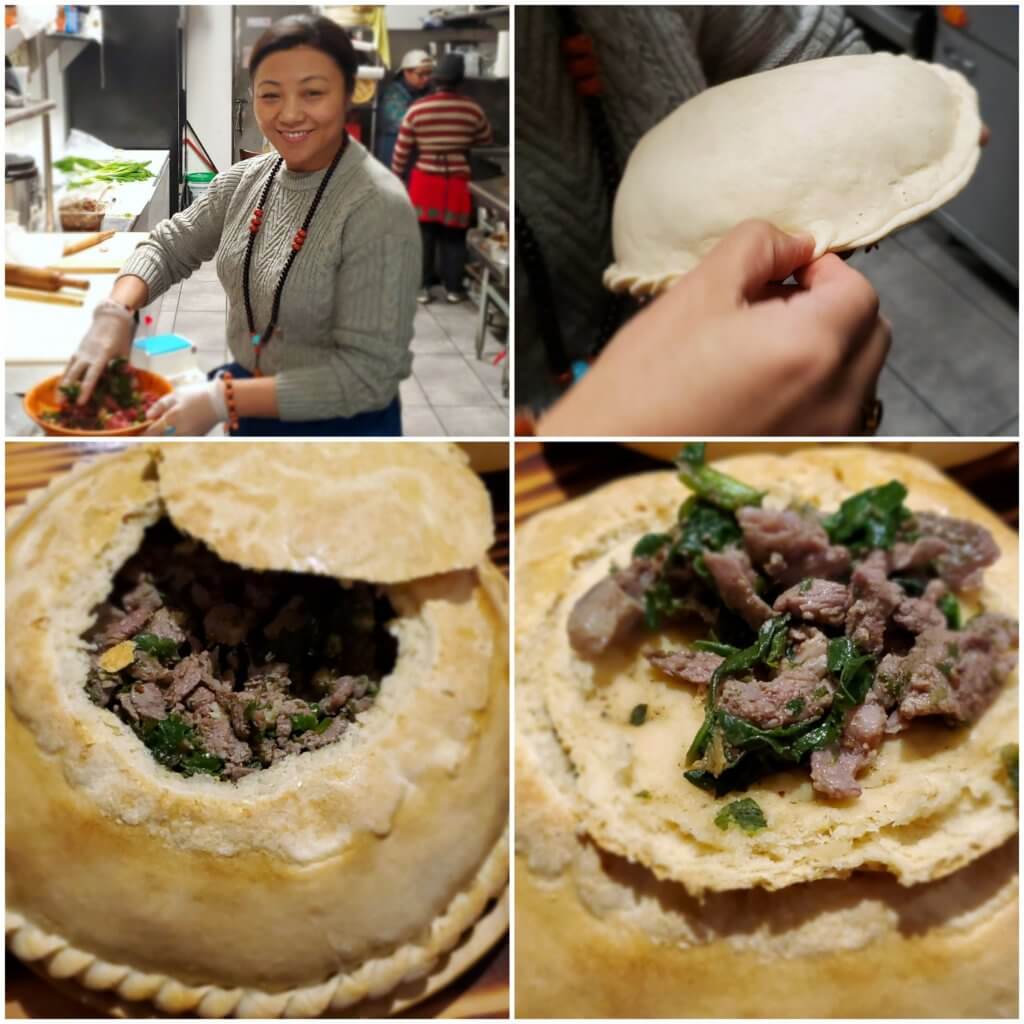
Another traditional Kham specialty is the twice-fried beef ribs flavored with chili, salt and Sichuan peppercorn. Bachan says that Khampa Kitchen Inn is also unique in that it is the only restaurant serving Lhasa Shaday, a hearty plate of rice, potatoes and beef gone yellow from turmeric. The whole lot is topped with dried chilies. Need more spice? Avail yourself of the two homemade hot sauces: a chili paste singing with the flavor of Sichuan peppercorns or sepen, a fiery orange blend of chilies, ginger, and Sichuan peppercorn.
It is not unusual to find a maroon robed Tibetan monk or two tucking into a plate of Lhasa Shaday as the Dalai Lama beams down from altar above the cash register. “They want to come here because we have traditional food. They feel like they have food from their home,” Bachan says.
Khampa poethek, one of the best dishes is literally a home food, traditionally found at family gatherings. “This is a very joyful food for me,” Bachan says of the giant domed meat pie filled with beef and spinach seasoned with green onions, garlic, Sichuan peppercorn. There’s also another flavor that I’ve never had in Tibetan food, caraway seed or gonyo as it’s called in Khampa. “It’s not traditional without that,” Bachan says. Khampa poethek, takes about a half an hour to make, but it’s well worth the wait. The braided pie is served with the saucer shaped lid cut open. Use it as a plate to present your guest of honor with the first serving.
You won’t find it on the menu but for dessert there’s bhatsa marku, a sweet Tibetan pasta served with brown sugar and yak cheese. The little folded over bits of pasta resemble the Italian cavatelli, so much so that some Tibetan restaurant cooks have been known to cheat by using that, but not Dechen, who makes the dough fresh. The result is tangy and sweet and will make you feel at home even if you’ve never been to Kham.
“Each Tibetan has a responsibility to preserve their culture whether it’s food or the language,” Bachan says when asked why he and his fiancée opened the restaurant. In case you’re wondering the beef momo, crescent shaped dumplings that clearly show the chef’s handiwork served a beef broth that’s been cooked for 24 hours are excellent.
Khampa Kitchen Inn
75-15 Roosevelt Ave.
Jackson Heights, NY 11372
Phone: (347) 507-0216
